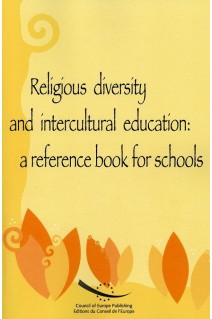
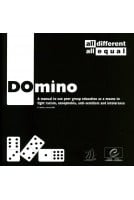


This reference book is intended to help teachers, teacher administrators, policy makers and others deal with the important issue of religious diversity in Europe's schools. The religious dimension of intercultural education is an issue that affects all schools, whether they are religiously diverse or not, because their pupils live and will work in increasingly diverse societies.The reference book is the main outcome of the project "The Challenge of intercultural education today: religious diversity and dialogue in Europe", developed by the Council of Europe between 2002 and 2005. It is set in four parts, which cover some of the theoretical perspectives that teachers and others need to be aware of as they consider issues of intercultural education, some key conceptual elements of intercultural education on various approaches to teaching and learning, some aspects of religious diversity in schools in different settings, and some examples of current practice in some member states of the Council of Europe.
Acknowledgments
Introduction - Intercultural learning
Part I. The theoretical and conceptual basis for religious diversity and intercultural education
Chapter 1 -The religious dimension in intercultural education
Chapter 2 - Religious and cultural diversity: some key concepts
Part II. Educational conditions and methodological approaches
A. Educational conditions
Chapter 1 - Co-operative learning
Chapter 2 - A "safe space" to foster self-expression
Chapter 3 - Use of "distancing" and "simulation"
Chapter 4 - Empathetic communication
B. Learning approaches
Chapter 1 - The phenomenological approach
Chapter 2 -The interpretive approach
Chapter 3 - The dialogical approach
Chapter 4 -The contextual approach
Part III. Whole school issues of intercultural education and the religious dimension
Part IV. Examples of current practice
Part V. References

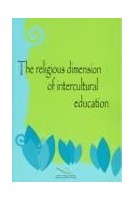
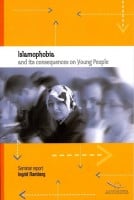
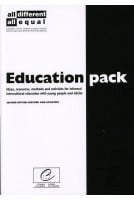




This reference book is intended to help teachers, teacher administrators, policy makers and others deal with the important issue of religious diversity in Europe's schools. The religious dimension of intercultural education is an issue that affects all schools, whether they are religiously diverse or not, because their pupils live and will work in increasingly diverse societies.The reference book is the main outcome of the project "The Challenge of intercultural education today: religious diversity and dialogue in Europe", developed by the Council of Europe between 2002 and 2005. It is set in four parts, which cover some of the theoretical perspectives that teachers and others need to be aware of as they consider issues of intercultural education, some key conceptual elements of intercultural education on various approaches to teaching and learning, some aspects of religious diversity in schools in different settings, and some examples of current practice in some member states of the Council of Europe.
Attention, en vertu de nos conditions générales de vente, l'achat des PDF/epub est réservé aux particuliers.
